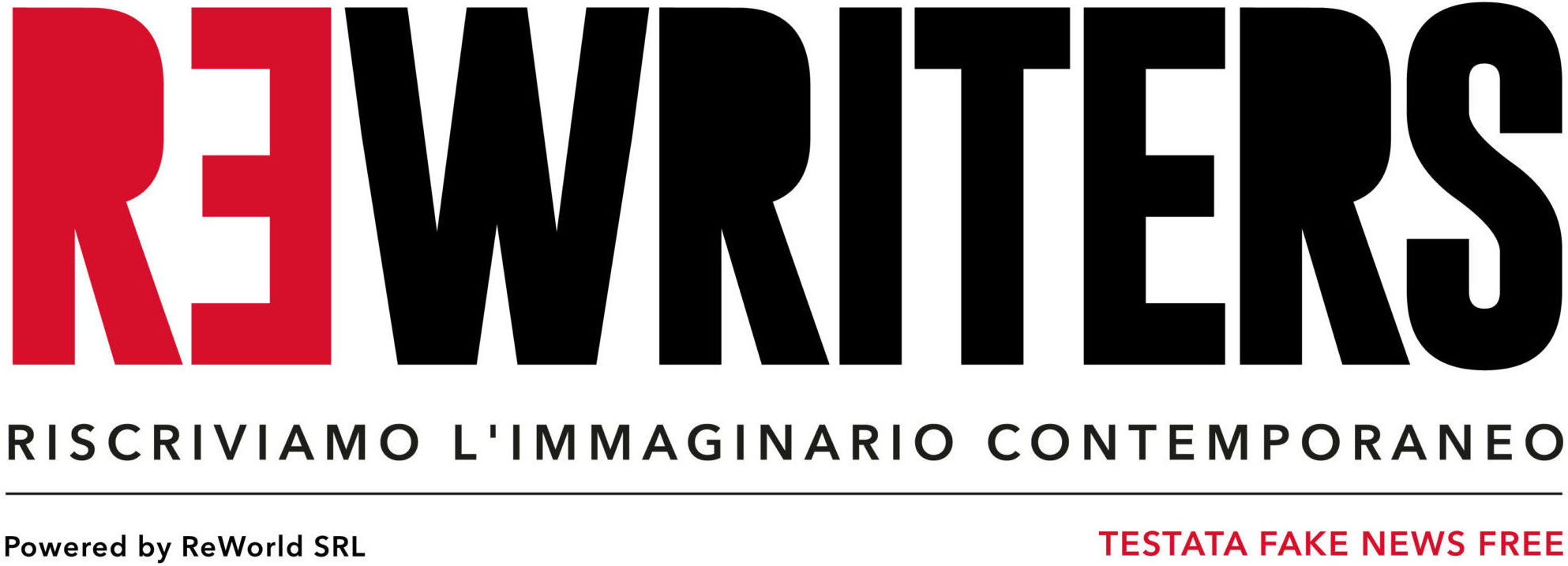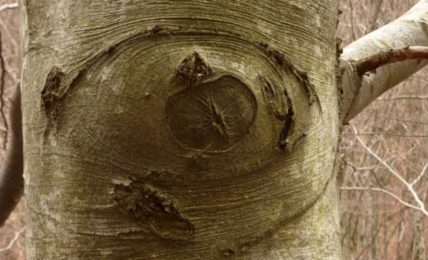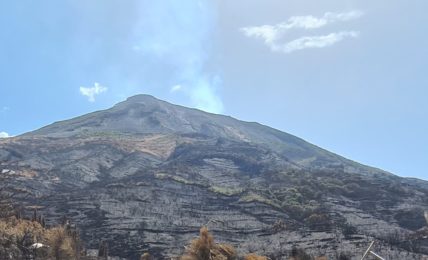Geotermia si o no? Fatti e casi concreti per capirne di più
La geotermia è considerata una fonte di energia rinnovabile. Ma quali sono gli effetti collaterali della geotermia? Hanno ragione le compagnie industriali o le popolazioni locali che si oppongono? Facciamo chiarezza.





